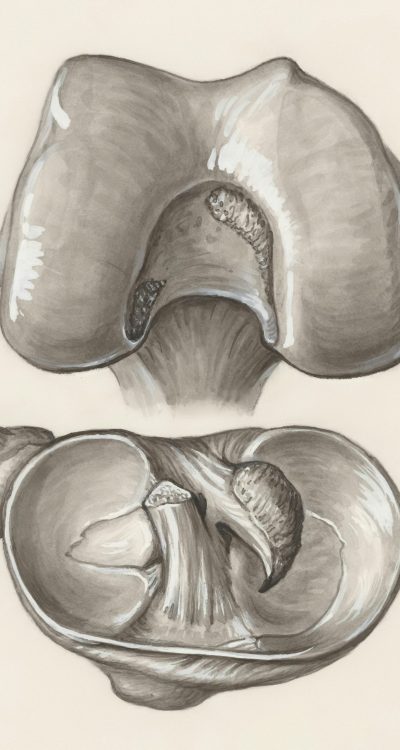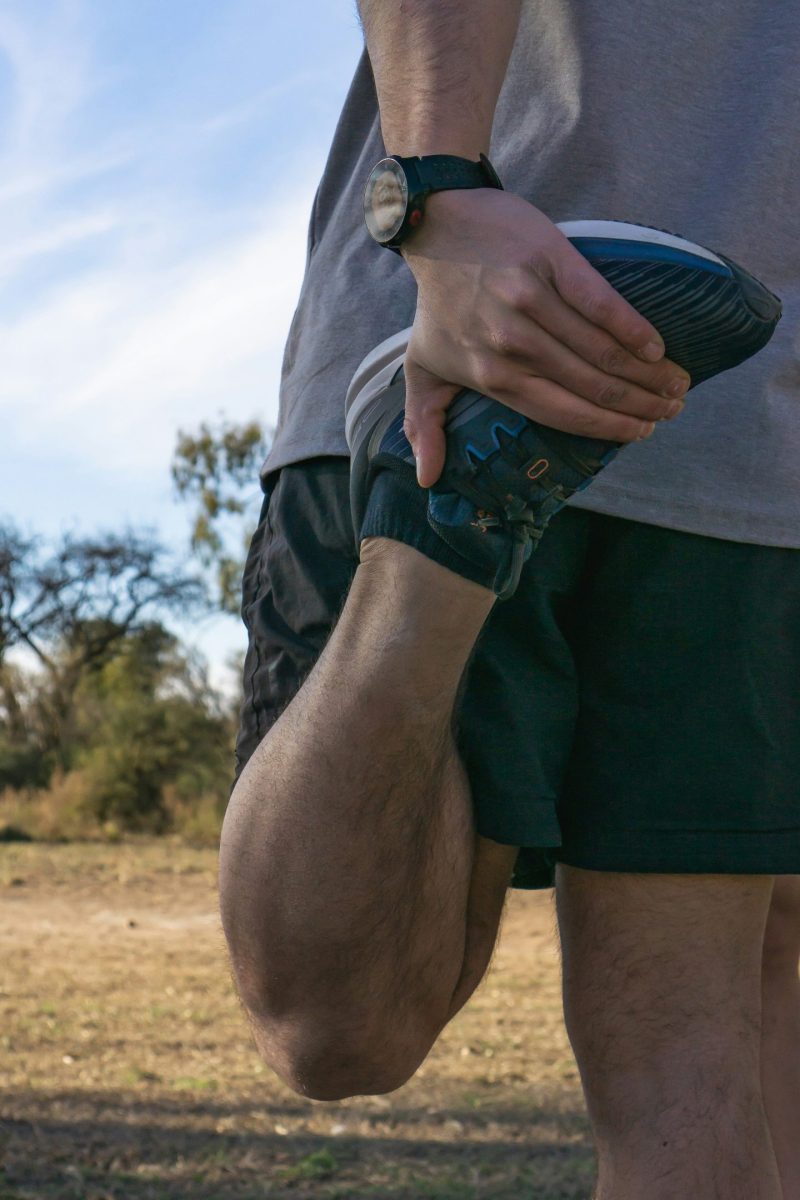Did I Tear My Knee? Understanding Knee Injuries and What to Do Next
If you’ve recently twisted, landed awkwardly, or felt a sudden pain in your knee, you’re probably wondering: Did I tear something? Knee injuries are common, and the pain, swelling, or instability can be alarming. In this article, we’ll break down common knee injuries, including meniscus tears, ligament injuries, patellofemoral pain syndrome (PFPS), iliotibial band syndrome (ITBS), knee arthritis, and bursitis, to help you understand your symptoms, healing timelines, and what steps to take next.

Common Knee Injuries and Their Symptoms
1. Meniscus Tears
The meniscus is a C-shaped cartilage in your knee that cushions and stabilizes the joint. A meniscus tear can occur from a sudden twist or gradual wear and tear over time.
Symptoms of a Meniscus Tear:
- A popping sensation at the time of injury
- Pain along the knee joint line
- Swelling that increases over the first 24-48 hours
- Stiffness and difficulty bending or straightening the knee
- Locking or catching when moving the knee
Healing Timeline & Rehab:
- Minor tears may heal within 4-6 weeks with physiotherapy.
- Moderate tears often take 3-4 months.
- Severe tears requiring surgery (e.g., meniscectomy or meniscus repair) may take 4-6+ months to recover fully.
2. Ligament Injuries (ACL, MCL, PCL, LCL)
Ligaments stabilize the knee and prevent excessive movement. ACL (Anterior Cruciate Ligament) injuries are the most well-known, often occurring from sports-related stops and pivots. The MCL (Medial Collateral Ligament) can be injured from a direct impact to the knee.
Symptoms of a Ligament Tear:
- A loud pop at the moment of injury (common with ACL tears)
- Immediate swelling
- Instability, feeling like the knee will give out
- Pain when bearing weight (MCL and LCL injuries)
Healing Timeline & Rehab:
- MCL and LCL injuries can heal in 4-12 weeks with bracing and physiotherapy.
- ACL tears often require surgery, with a 6-9+ month recovery timeline.
- PCL injuries may heal within 3-6 months, depending on severity.
3. Patellofemoral Pain Syndrome (PFPS)
Also called “runner’s knee,” PFPS is caused by poor tracking of the kneecap over the femur, often due to muscle imbalances or overuse.
Symptoms of PFPS:
- Dull, aching pain around or behind the kneecap
- Pain that worsens with stairs, squatting, or prolonged sitting
- A grinding or clicking sensation in the knee
Healing Timeline & Rehab:
- Most cases improve within 6-12 weeks with targeted physiotherapy.
- Strengthening the quadriceps and glutes, improving hip mobility, and correcting biomechanics are key to recovery.
4. Iliotibial Band Syndrome (ITBS)
ITBS is an overuse injury caused by irritation of the iliotibial band, a fibrous tissue running along the outer thigh.
Symptoms of ITBS:
- Sharp or burning pain on the outside of the knee
- Pain worsens with running, especially downhill
- Tenderness along the outer knee
Healing Timeline & Rehab:
- ITBS typically resolves within 6-8 weeks with rest, stretching, and strengthening exercises.
- Foam rolling and hip stabilization exercises can speed up recovery.


5. Knee Arthritis (Osteoarthritis)
Unlike sudden injuries, knee arthritis develops gradually due to cartilage breakdown. It can cause significant discomfort, especially in people over 50 or those with previous knee injuries.
Symptoms of Knee Arthritis:
- Gradual onset of knee pain, especially after activity
- Stiffness in the morning or after sitting for long periods
- Clicking, grinding, or popping sounds
- Swelling and reduced range of motion
Healing Timeline & Management:
- Arthritis is a chronic condition, but symptoms can be managed with physiotherapy, weight management, and activity modification.
- Strengthening exercises, joint mobilization, and pain relief strategies can help maintain function and reduce discomfort.
6. Knee Bursitis
Bursitis occurs when the small, fluid-filled sacs (bursae) that cushion the knee joint become inflamed, often due to repetitive pressure, trauma, or infection.
Symptoms of Knee Bursitis:
- Localized swelling, warmth, and tenderness
- Pain that worsens with kneeling or bending the knee
- Possible redness and increased warmth over the affected area
Healing Timeline & Rehab:
- Mild cases resolve within 2-4 weeks with rest and anti-inflammatory treatments.
- More severe cases may take 6-8 weeks, especially if fluid needs to be drained.
- Physiotherapy can help prevent recurrence through strength and mobility exercises.
What Should You Do If You Think You’ve Injured Your Knee?
- Assess the Severity
- If you heard a loud pop, have severe swelling, or cannot bear weight, seek medical attention immediately.
- If you have mild swelling and pain but can still walk, you may have a minor sprain or strain.
- Follow the POLICE or PEACE & LOVE Method
- POLICE:
- Protect: Avoid activities that aggravate pain.
- Optimal Loading: Gradually reintroduce movement.
- Ice: Apply for 15-20 minutes to manage swelling.
- Compression: Use a knee brace or wrap.
- Elevation: Keep your knee raised.
- PEACE & LOVE (for longer-term recovery):
- Protect, Elevate, Avoid anti-inflammatories, Compress, Educate (early stage)
- Load, Optimism, Vascularization, Exercise (later stage rehab)
- POLICE:
- Consider Seeing a Physiotherapist
- A registered physiotherapist can assess your injury and create a personalized recovery plan.
- They can help improve knee stability, reduce pain, and guide you through exercises to regain strength.
Book an appointment with a physiotherapist today.
- When to See a Doctor
- Persistent pain or swelling that doesn’t improve after a few days
- Instability or difficulty moving the knee normally
- Numbness, tingling, or discoloration in the lower leg

Final Thoughts
Knee injuries can range from minor sprains to serious ligament tears. If you’re experiencing pain, swelling, or instability, it’s essential to listen to your body and take action. Whether it’s a meniscus tear, ligament damage, PFPS, ITBS, arthritis, or bursitis, understanding your symptoms and seeking proper care will help you recover effectively.
If you suspect a knee injury, don’t ignore the pain—get the right treatment early to prevent long-term damage.




